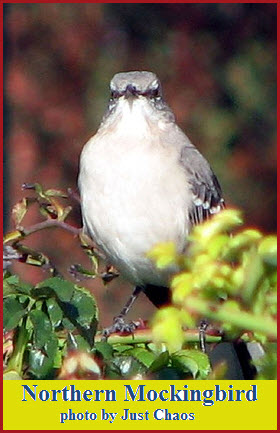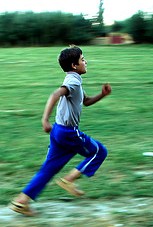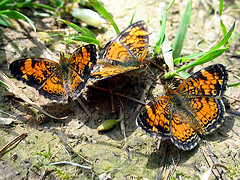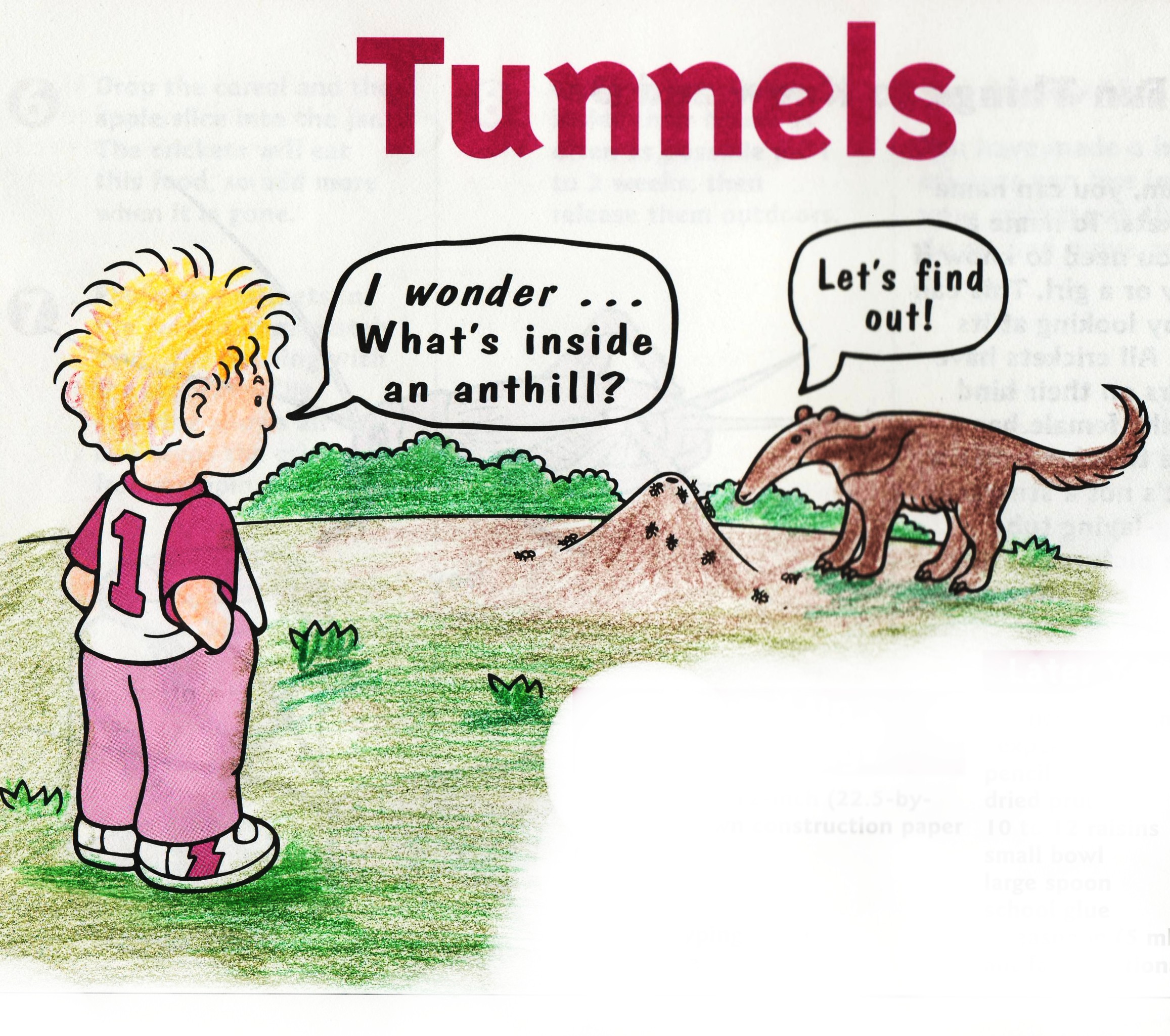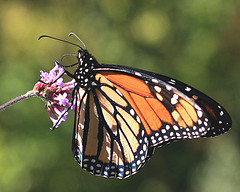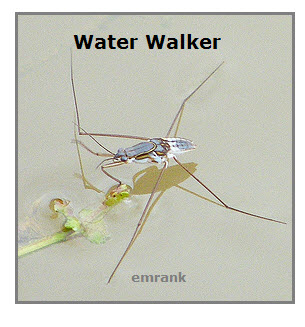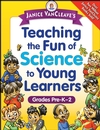Notes from Janice’s Desk I wake during the night to go to the bathroom (I drink lots of liquids). Generally I go back to sleep, but today the clock said 5:30 am. I decided to stay up even though I felt a bit sleepy. This decision cranked up my brain and as usual it started […]
Science Project: Fireflies
The National Children’s Museum in Washington, DC in collaboration with the Museum of Science in Boston invite kids of all ages to participate in a special science project. Kids are to collect specific data about the fireflies in their their own backyard.The project launched June 29, 2009 and you may join in anytime. For specifics […]
Mnemonics
The human brain can more easily remember meaningful information. This explains why kids can sing every word of a song they like but have a difficult time learning information for a math or science test. But then there are lots of things we might be interested in and cannot seem to have instant recall on […]
Song Birds
Birds, such as the mockingbird (left) are born with the ability to sing, but they must learn the songs of their species. If a baby bird is isolated from other birds of its species, it can instinctively sing simple songs, but not the more complex songs of its species. These it must hear and learn. […]
Body Movement
Fun and easy Hands-on Muscle activity by Janice VanCleave.
Butterfly Puddling
Butterflies use their long feeding tube, called a proboscis, to drink the sweet nectar from flowers. While they get the sugar they need, nectar is lacking in some important nutrients needed for reproduction. For these necessary salts and other nutrients, butterflies, mostly males, sip liquids from mud puddles or any moist area where soil might […]
Ant Hill
In your house, you have rooms and connecting halls. Ants that live underground also have rooms called chambers and connecting halls called tunnels. As ants dig the tunnels and chambers, the dirt is carried up to the surface and dumped, creating anthills. You can make a model of how the chambers and tunnels of the […]
Necturing
Unlike caterpillars, adult butterflies do not have mouth parts that can cut and chew food. Instead, they exhibit a feeding behavior called necturing, which means to sip the nectar from flowers. Butterflies have a long feeding tube, called a proboscis. This tube remains coiled when not in use as shown in the photo (right). When […]
Insect Craft
A fun insect craft created by science author Janice VanCleave.
How Insects Walk
Lifters: I Wonder…How Does a Bug Walk? As a bug walks, three legs support the weight of the body while the other three legs swing forward to a new position. To walk like a grasshopper, ant, or ladybug try this:ig. With two friends, you can model how insects walk. Discover for Yourself * Adult step […]


